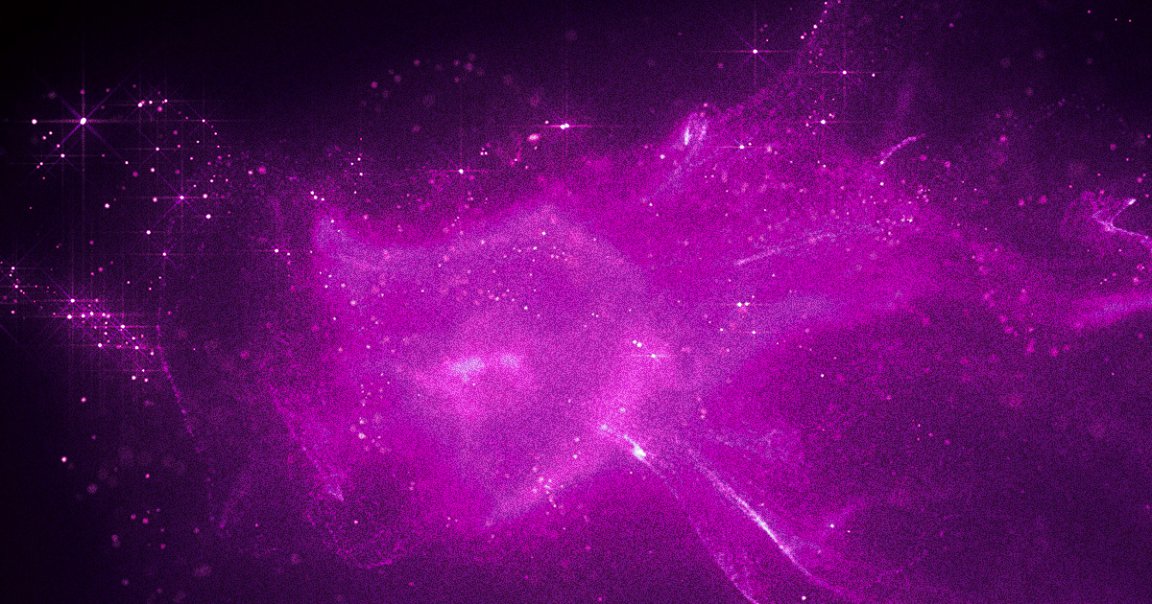
Self Made
Astronomers using the James Webb Space Telescope (JWST) have discovered a massive galaxy that’s so old its existence should be impossible, challenging current models on how these structures form.
As detailed in a new study published in the journal Nature, the so-called quiescent galaxy, ZF-UDS-7329, contains more stars than the Milky Way — despite forming just 800 million years after the Big Bang. This suggests that it somehow came together without the gravitational pull of dark matter, which shouldn’t be possible.
“Galaxy formation is in large part dictated by how dark matter concentrates,” said study coauthor Claudia Lagos, an astronomer at the International Center for Radio Astronomy Research, in a statement about the work. “Having these extremely massive galaxies so early in the universe is posing significant challenges to our standard model of cosmology.”
Dark Influence
Dark matter is invisible, but it’s believed to permeate the whole universe. In fact, it accounts for about a quarter of it — dwarfing the mere six percent of the regular, observable matter that we’re made of.
As such, it’s literally a massive presence, its gravitational influence governing the shape and formation of large cosmic structures like galaxies from the shadows. Its role was no less important in the cosmos’ primordial epoch. After the Big Bang, astronomers believe that the first seeds of galaxies were born by forming around concentrations of dark matter called dark matter halos.
With their immense gravity, these halos would pull in surrounding gas and dust from the Big Bang that would otherwise be too hot to collapse into objects like stars. This would form dwarf galaxies, and over hundreds of millions of years, nearby dwarf galaxies would clump together to form the large ones we know today.
Matter Served Cold
This hypothesized role of dark matter is a key part of the most widely accepted cosmological model. This new discovery, however, throws a wrench in the works.
The researchers initially observed ZF-UDS-7329 existing 11.5 billion years ago. But by performing a detailed spectral analysis using data from the James Webb, the researchers were able to date its stars at forming another 1.5 billion years in the past. At such an early point in the universe’s existence, those pivotal dark matter halos wouldn’t have had time to form.
Of course, to rewrite cosmology as we know it, we’re going to need more than a few outliers. Thanks to advanced telescopes like the James Webb, though, we’re discovering more and more of these confounding, seemingly impossible cosmic oddities than ever before.
“We are now going beyond what was possible to confirm the oldest massive quiescent monsters that exist deep in the universe,” said co-author Themiya Nanayakkara, an astronomer at Swinburne University of Technology, in the statement. “This pushes the boundaries of our current understanding of how galaxies form and evolve.”
More on space: Passing Star Altered Earth’s Orbit, Scientists Say